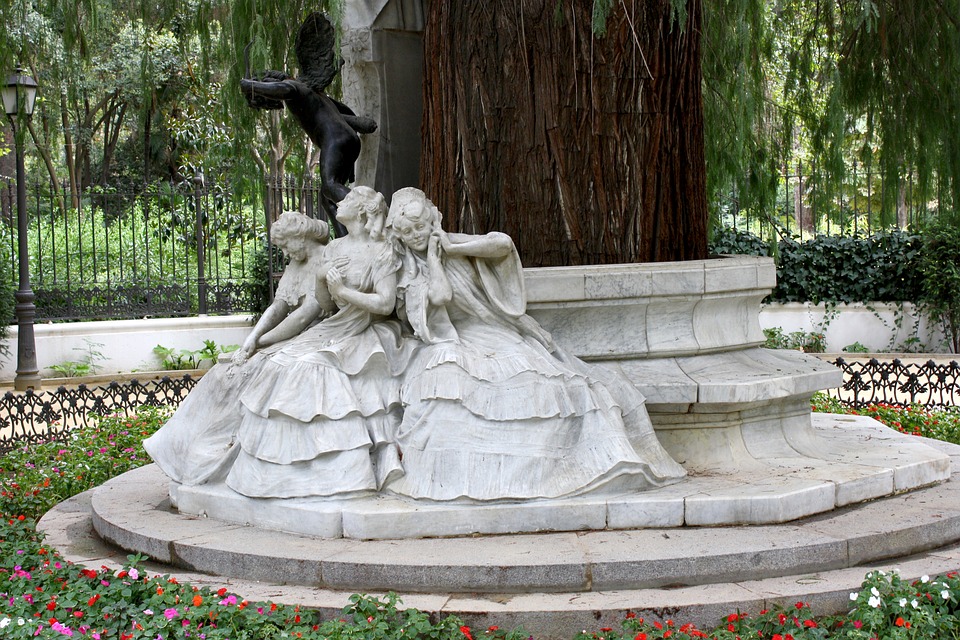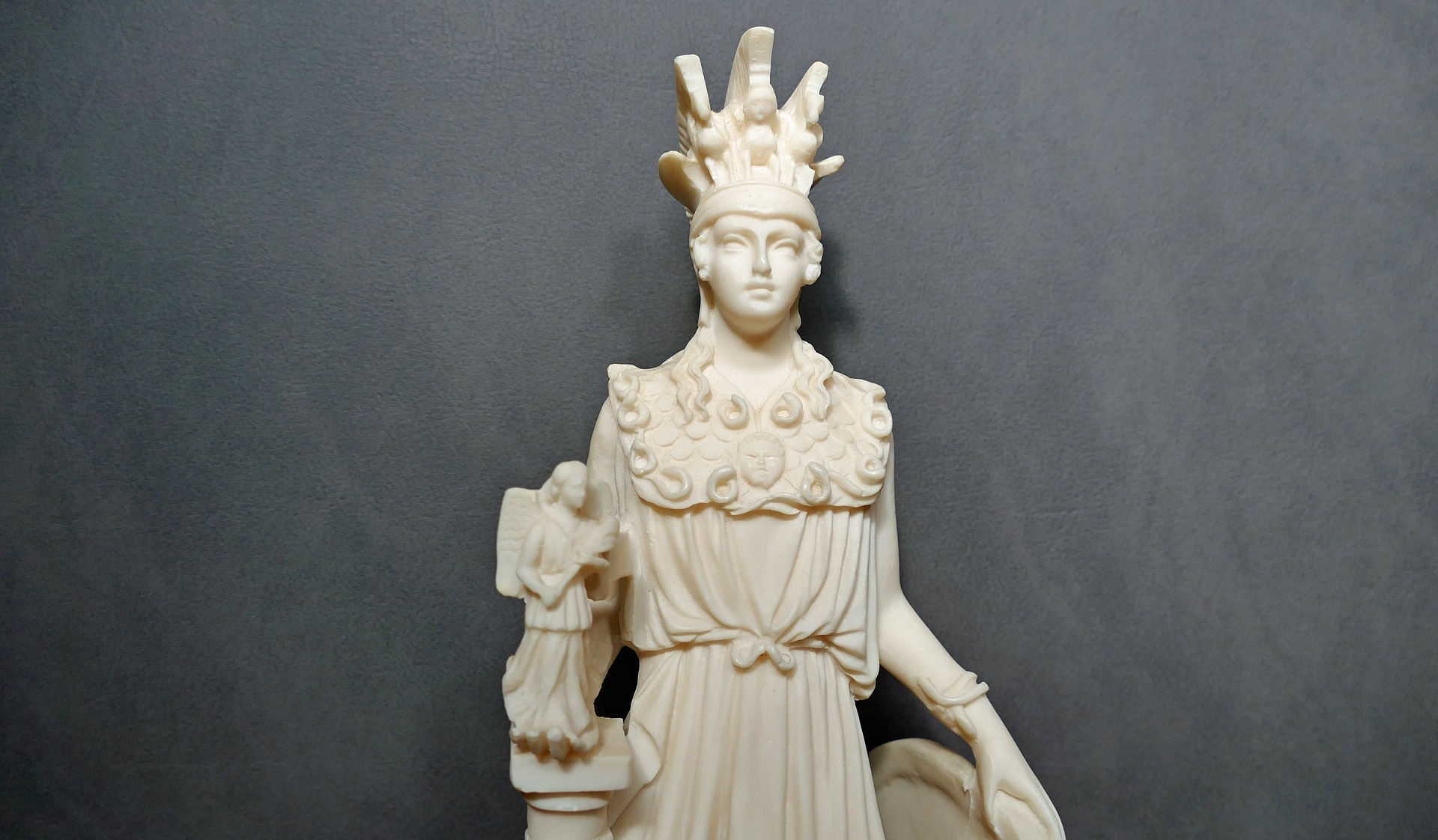Glorieta De Bécquer in Spain
Country of the crafting: Spain
Region of the crafting: Andalucia
Type of the crafting: Marble, stone and plaster
1. Geographic Area
Located in the park of María Luisa, Seville, Andalusia, Spain. It is aliving monument that has a circular plan and in its center is a large tree, a cypress of the swamps. Around the tree is a white marble monument dedicated to the romantic poet Gustavo Adolfo Bécquer. It is one of the park’s most famous round abouts for its particular beauty and composition. It is declared of Cultural Interest.
2. Craft characteristics
It is a circular enclosure enclosed by an iron fence, in whose center and around a magnificent specimen of Swamp Cypresses (Taxodiumdistichum), originally from the Mississippi, which was planted approximately between 1850 and 1870 and can arrive to reach a height of 45 meters and live at least 300 years. the magnificent figures are arranged.
3. The technique
In the central part, and sculpted in marble, we can see, a bust of the poet for whom the sculptor was inspired by the oil painted by ValerianoBecquer, brother of the poet; three female figures, allegory of the “excited love”, the “possessed love” and the “lost love” and to which Gustavo Adolfo refers in his rhyme: “The love that passes”; and two other bronze figures, one of them, lying representing the “hurt love” and the second, a Cupid “the love that hurts.
4. Used materials
In the central part, and sculpted in marble, we can see, a bust of the poet for whom the sculptor was inspired by the oil painted
5. History
La Glorita de Bécquer is a monument dedicated to the memory of the illustrious Sevillian poet Gustavo Adolfo Bécquer (1836 – 1870), considered as the maximum representative of post-Romantic poetry. La Glorieta de Bécquer is as culpture designed by the sculptor Lorenzo Coullaut Valera and opened in 1911, at the initiative of the Álvarez Quintero Brothers. It has a circular floor surrounded by benches of seats and in the center, there is a cypress of the swamps next to the poet’s bust. Around it we can see three female figures sitting on white marble representing the “excited love“, the “possessed love” and the “lost love” and two children’s figures of cupid made in bronze, one standing that throws its arrows on the young and the other injured.








